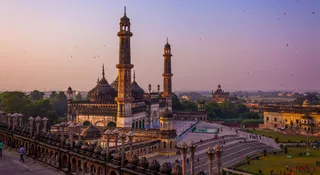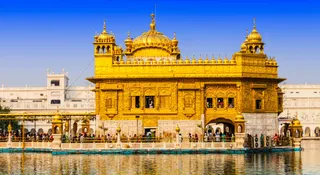- By Ridam Sharma
- Sat, 08 Nov 2025 10:47 PM (IST)
- Source:JND
Twin River Of Ganga: India is a geographically rich country, with numerous rivers flowing across the nation. Its vast and intricate river system is world famous. The River Yamuna is known as the twin river of the Ganga because of the numerous similarities they share. Both the rivers originate from the glaciers in the Himalayas, with the Ganga originating from the Gangotri Glacier and the Yamuna from the Yamunotri Glacier in Uttarakhand, which explains the names Ganga and Yamuna. Another one is that both rivers flow through the fertile plains of northern India and give livelihood to millions of people.
One of the significant highlights about both rivers is that these twin rivers meet at the Triveni Sangam in Prayagraj, along with the Saraswati River. This confluence represents one of the most sacred places in India; pilgrims, especially during festival occasions such as Kumbh Mela, take a holy dip at the Sangam for spiritual cleansing.
Also Read: Which City Is The Financial Capital Of India? Know The City That Drives The Nation’s Economy
The Yamuna River flows about 1,376 kilometres, touching important cultural and historical cities such as Delhi, Mathura, Vrindavan, and Agra along the way, making it a lifeline of the cultural heritage of northern India. It has tributaries such as the Chambal, Betwa, Ken, Sindh, and Hindon rivers that drain into the greater Ganga basin.
Recommended For You
The twin status of the Yamuna with respect to the Ganga indicates a geographical and hydrological, as well as a spiritual harmony of both rivers within Indian culture. They nourish together agriculture, urban populations, and varied ecosystems across northern India and are, thus, basic to the ecology and civilisation of the region.





